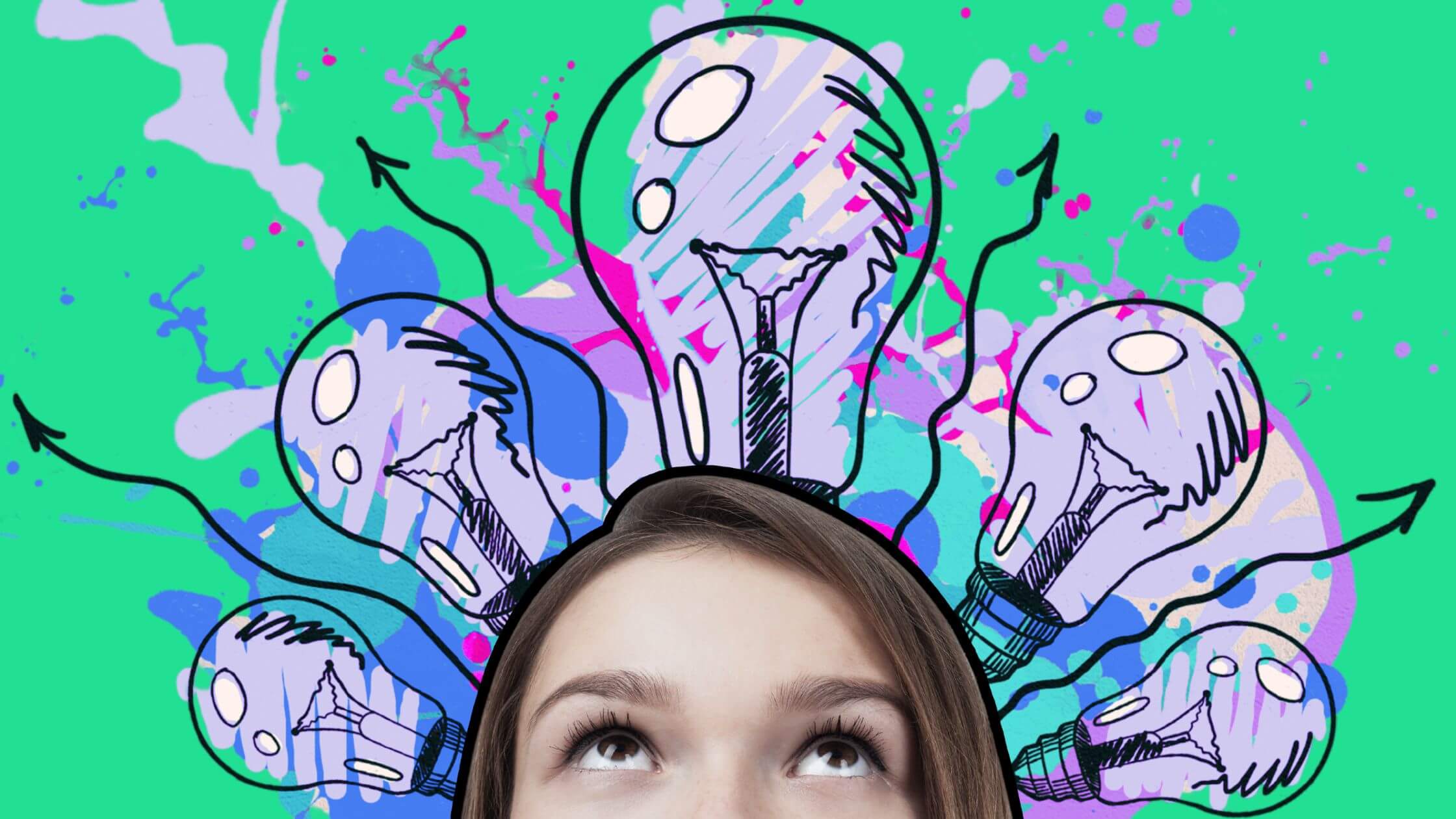Design thinking isn’t just for professional designers — it’s a creative skill that helps young people explore ideas, solve problems, and communicate clearly. Whether they’re making a school project or designing just for fun, learning to think like a designer can shape how tweens and teens approach everything they create.
So, what is design thinking?
Design thinking is a creative way to solve problems and improve ideas. It starts with curiosity and consideration for the person you’re creating for — whether that’s a friend, a teacher or someone seeing your work for the first time.
It’s about asking helpful questions like:
-
Who is this for?
-
What do I want that person to feel or understand?
-
What could I change or improve?
Design thinking is trying, testing, and reworking ideas until they really connect with others.
Why It Helps
Design thinking gives tweens and teens tools to:
-
Make more thoughtful and intentional art and design
-
Create school projects (like posters or infographics) that make sense and stand out
-
Tell stories using colour, layout, images, and words
-
Feel okay starting over when something’s not working
-
Share their ideas more clearly with others
It’s not just an “art” thing — this kind of thinking can boost confidence in writing, group work, science projects, and even public speaking.
How Others Can Help
Encouraging a young creative doesn’t have to be complicated. Here are a few simple ways you can support their process:
-
Ask open-ended questions like:
-
“What are you trying to show or say here?”
-
“Who will see this, and how might they feel?”
-
“What else could you try?”
-
-
Encourage sharing work and giving kind, helpful feedback:
-
“What stands out?”
-
“What’s something they could explore further?”
-
-
Celebrate redos! Remind them:
-
“You’re not starting from scratch — you’re building on what you’ve learned.”
-
When young people understand that creative work isn’t supposed to be perfect the first time, they build flexibility, confidence, and pride in the process.
Your Design Thinking Guide (Free Download)
To make this mindset stick, I’ve put together a simple 1-page Design Thinking Guide — a printable tool young people can refer to as they work on their creative projects.
Here’s what’s inside:
-
Start with the Audience (“Who’s this for?”)
-
Rough it Out (Sketch and explore lots of options)
-
Tell a Visual Story (Use images, colour, layout + text)
-
Keep It Simple (Less is more — say more with less)
-
Get Feedback + Don’t Fear Redos (Try again, improve it, and ask for input)
This isn’t a checklist of rules — it’s a reminder that creating often comes with a messy middle and maybe even a do-over. And that’s not just okay — it’s part of the process!
Get your Design Thinking Guide here 👇
Let’s help this next generation of creative thinkers and visual storytellers approach their work with clarity, curiosity, and confidence — one project at a time!


